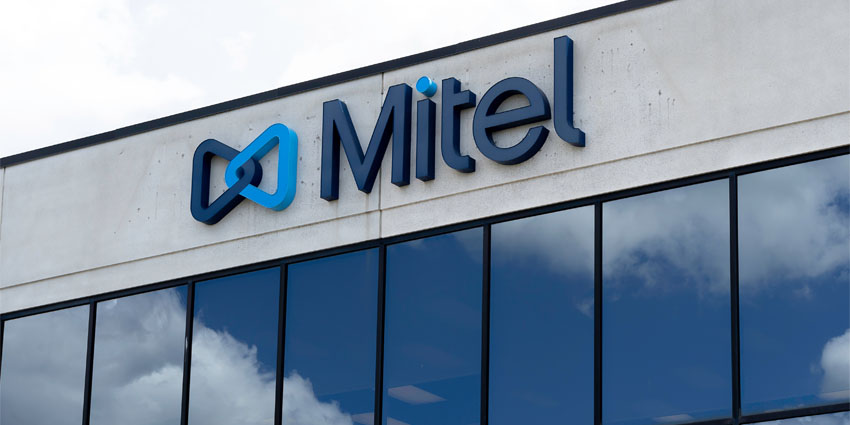Our introduction to SIP technology was simple enough.
We started with trunking, authentication, and basic functionality. Unfortunately, simple isn’t always better. The initial days of SIP were fraught with risks, like poor call quality, potential hacking, and disconnections caused by problematic connectivity.
As usual, we innovated to avoid those problems. Session Border Controllers (SBCs) arrived to secure the rising SIP traffic, keeping users safe from harm. Next, self-managed SIP trunking arrived to assist with managing call-routing through instant provisioning, diagnostics, and more. Every day, new changes emerged, tweaking the SIP ecosystem to support an adapting landscape.
SIP is getting smarter, but what does that mean for the communications of tomorrow?
The Arrival of Flexible, Scalable SIP
Not so long ago, in 2014, communication innovators, Twilio, launched the first “elastic” SIP trunking experience. The solution promised a new approach to SIP trunking that leveraged the potential of the cloud for quick and easy contactless provisioning, cloud data, and exceptional reach. Elastic trunking promised to make the digital transformation of communications on a global scale easier than ever.
Quickly, companies began to see the benefits of moving away from traditional SIP trunks and exploring what might be possible with the cloud. SIP started to appear as a component baked into the majority of UCaaS platforms. Vendors offered their plug-and-play SIP solutions with ready-to-go calling plans, supporting companies in their quick communications evolutions.
As the world of UC&C continued to evolve, and more companies prioritised flexibility as the key to innovation and productivity, SIP trunking became even more “elastic”. Concepts like BYOC (Bring Your Own Carrier) became gradually more commonplace, giving the choice of carrier back to the customer.
A New Era of SIP Technology
By 2018, Zoom, the leaders in video communication and collaboration, had infused its meetings with SIP technology. The SIP-connected audio solution provided Zoom with a way to create private connections between the Zoom VoIP service and a client’s network. This made SIP a valuable component in the world of meetings and video conferencing too, expanding what might be possible for brands with the right technology.
Other collaboration companies quickly followed suit, embracing SIP for their own purposes. For instance, Microsoft Teams also leveraged SIP in 2018 to create the opportunity of Direct Routing. This offering, now the most popular way for companies to bring voice into Teams, gave clients more BYOC options across the globe. Now anyone can bring their preferred carrier into a Teams environment.
In 2021, Microsoft has continued to build further on its SIP innovations, with the introduction of Operator Connect. This now offers self-service BYOC to customers, bunding Session Border Controller technology as a service, and giving companies all the magic they need to connect systems with a selection of third-party carriers.
SIP is now a fully flexible and scalable solution that can support businesses from all environments in creating a more valuable, and reliable strategy for cloud communications. It’s more than just a “component” of communications. SIP is a building block for every UC strategy.
What’s Next for SIP?
SIP technology has certainly come a long way from the days when it first began to arrive in the communication landscape. However, the journey is also far from over. Just like most communication innovations, SIP continues to evolve to suit the changing needs and expectations of its audience. As communication and collaboration strategies continue to transform, SIP technology is bound to continue changing too.
I believe that SIP will only continue to get smarter as we move ahead, particularly with the rise of hybrid and remote working to consider. Today, virtually every company needs to ensure that it has a cloud strategy in place to survive and ensure ongoing business continuity. SIP is a must-have ingredient in many of the essential tools that we use today.
Without intelligent SIP, we can’t unlock things like CCaaS, CPaaS, VCaaS, and UCaaS. All of those solutions are critical to the continued growth of businesses in a modern, cloud-infused world. As we go forward, with video-first strategies leading the way, we’re likely to see more technologies like AI coming into the space to make SIP even more immersive and intelligent.







